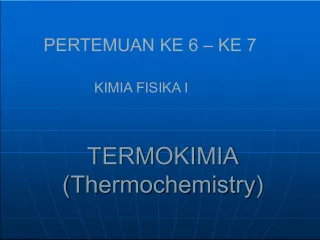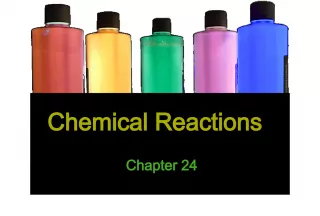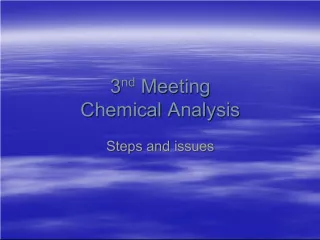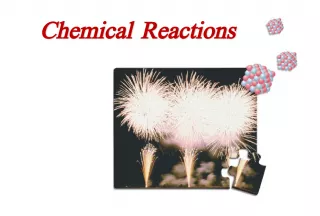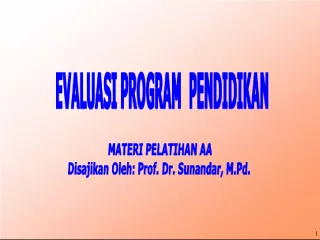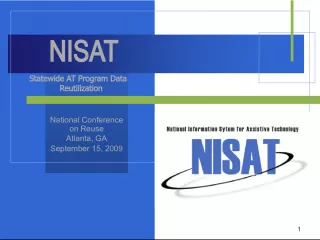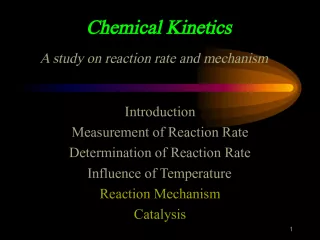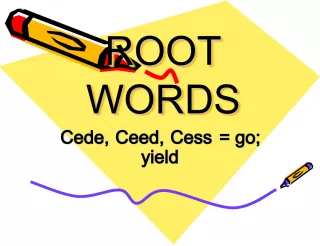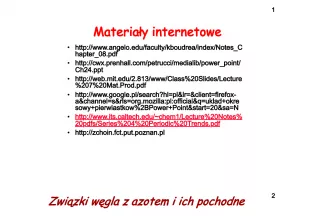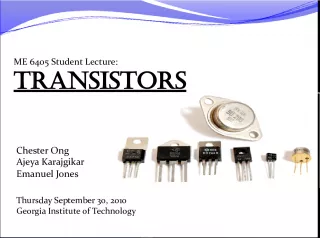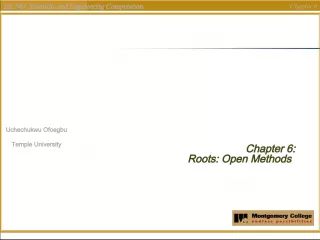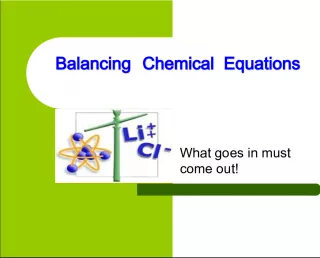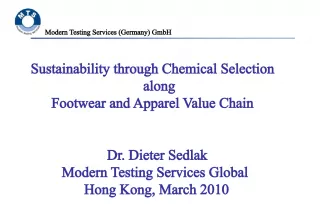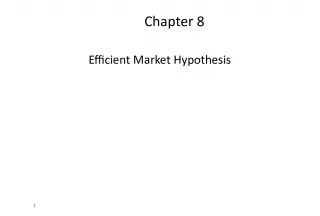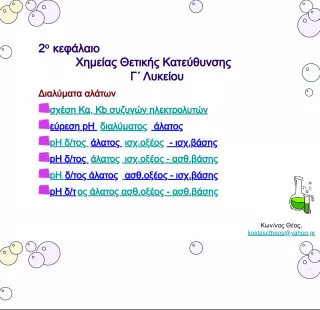Root Control: Fundamentals, Implications, and Chemical Programs
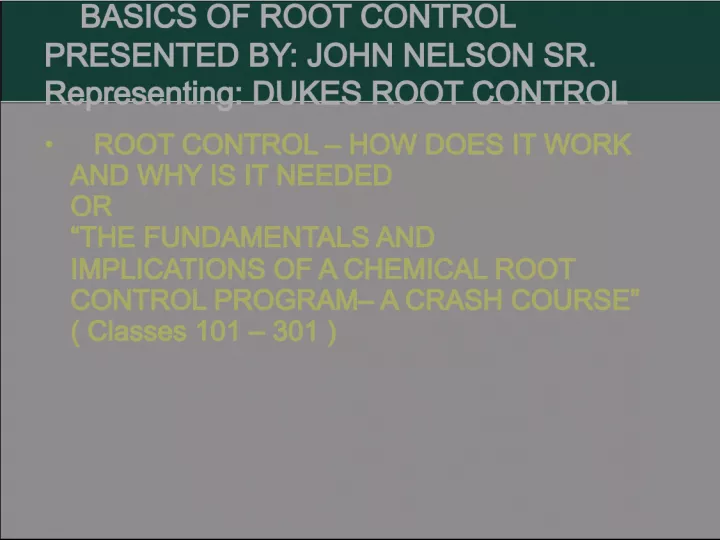

This seminar covers the basics of root growth, historical control methods, and the importance of chemical root control programs as a foundation for a comprehensive sewer maintenance plan. The course includes case studies and outlines for different levels of learning.
- Uploaded on | 2 Views
-
 anika
anika
About Root Control: Fundamentals, Implications, and Chemical Programs
PowerPoint presentation about 'Root Control: Fundamentals, Implications, and Chemical Programs'. This presentation describes the topic on This seminar covers the basics of root growth, historical control methods, and the importance of chemical root control programs as a foundation for a comprehensive sewer maintenance plan. The course includes case studies and outlines for different levels of learning.. The key topics included in this slideshow are Root Control, Chemical Programs, Sewer Maintenance, Preventative Measures, Case Studies,. Download this presentation absolutely free.
Presentation Transcript
1. ROOT CONTROL HOW DOES IT WORK AND WHY IS IT NEEDED OR THE FUNDAMENTALS AND IMPLICATIONS OF A CHEMICAL ROOT CONTROL PROGRAM A CRASH COURSE ( Classes 101 301 ) CSWEA COLLECTION SEMINAR 6-11-09 BASICS OF ROOT CONTROL PRESENTED BY: JOHN NELSON SR. Representing: DUKES ROOT CONTROL
2. Impacts of Roots in Sewers (Why Root Control?) (Introduction) The Basics of Root Growth and Historical Root Control Methods (RC 101) The Role of Root Control as the Foundation of a Comprehensive Preventative Maintenance Program (RC 201) Case Studies (RC 301) Outline
3. The intrusion of roots into sewers is probably the most destructive single element that faces those maintaining wastewater collection systems. The EPA States.
4. EPAs CMOM Program 16,000+ collection systems 1 Million miles of pipe Trillions of infrastructure investment Hundreds of Billions in rehabilitation needs >70,000 sanitary sewer overflows (SSOs) Threat to public health and water quality
5. Over 70,000 SSOs per Year
6. SSO Causes 43% Blockages 27% Infiltration/Inflow (I/I) 12% Structural Failures 11% Power Failures 7% Other
7. Blockages Blockages Caused by: Roots Grease Debris Collapsed pipe
8. Basics of Root Growth and Problems Caused by Roots in Sewers (RC 101) Mainline and service lateral stoppages Fracturing of pipe and separation of joints Infiltration and Inflow (I/I) Reduction of flow capacity Grease and debris build-up First Cause
9. Damage to Joints Results in I/I
10. Roots and Grease Reduce Capacity
11. Roots grow at the cellular level Can penetrate the smallest cracks Growth is at the tip of the root How do Roots Grow?
12. Why do Roots Thrive in Your Sewers? Ideal Growing Environment Unlimited Water Supply Excellent Source of Nutrients (Triple 17) Constant Supply of Air
13. Because of constant flow and pipe/soil temperature variance, sewer pipe have condensation. The leading tip of the root can detect and grow toward nutrients and moisture. Most urban environments are covered with concrete or asphalt. Roots grow deeper or outside drip lines. Backfill used during construction provides favorable soil. Why do Roots Seem to Seek Sewers?
14. If left alone, can grow very large How do Roots Grow?
15. Methods of Controlling Roots in Your Sewer System (RC 101 Continued) Mechanical Methods Chemical Methods
16. Mechanical Methods Rodding Machines Bucket Machines Hydraulic Cleaners (Jet Trucks) Cutting Tools
17. Mechanical Methods Jet Rodding Machine
18. Often damages the host pipe Problems with Mechanical Methods
19. Problems with Mechanical Methods
20. Problems with Mechanical Methods Results of Adding Final Step for Vigorous Root Growth - PRUNING Cuts away outer layers of root cap, exposing cambium cells accelerating growth Problem returns sooner Roots grow more densely
21. Root system will be as dense as the branch system True Results of Mechanical Methods
22. Root system will be as dense as the branch system UNINTENDED CONSEQUENCES
23. The Unfortunate Truth The unfortunate reality is that the problems we are all dealing with today are a result of the way we have been maintaining our sewers for the past 50-plus years.
24. Chemical Methods of Root Control (RC 201) Acids and Solvents Copper Sulfate Dichlobenil Metam Sodium / Dichlobenil Diquat Dibromide
25. Chemical Methods of Root Control Acids and Solvents (Historical) Health and safety issues when handling Downstream impacts to treatment facilities Ineffectual Illegal
26. Chemical Methods of Root Control Copper Sulfate - CuSO 4 Provided as crystals Health and safety issues Ineffective delivery method Is a systemic herbicide Persistent in the environment
27. Whats Makes Modern Chemical Root Control Systems More Effective Best systems consist of : Herbicide State of the art foaming technolgies for herbicide delivery with longer retention time Degreaser No bypass requirements Applicators Qualification & Experience - Chemical Root Control inherantly done in areas prone to backups
28. Foaming action brings herbicide to all roots Degreaser exposes roots Whats Makes Chemical Root Control So Effective
29. Dichlobenil 2,6-dichlorobenzonitrile C 7 H 3 Cl 2 N Chemical Methods of Root Control
30. Metam Sodium / Dichlobenil Sodium methyldithiocarbamate C 2 H 4 N NaS 2 Chemical Methods of Root Control
31. Diquat Dibromide 9,10-dihydro-8a, 10a-diazoniaphenanthrene dibromide Chemical Methods of Root Control
32. Role of Chemical Root Control as the Foundation to a Comprehensive Preventative Maintenance Program. (RC 201)
33. Starting a Root Control Program Use historical data Sewers located near other problem areas Wooded easements Sewer lines with numerous laterals Concrete pipe, clay pipe and Orangeburg pipe
34. What Should you Expect From Your Chemical Root Control Program 80%-95% reduction in sewer stoppages Reduce related off hour sewer calls Drastically reduce overtime related costs Future sustainability Less headaches More production
35. Benefits of a Chemical Root Control Program Eliminate blockages and sanitary sewer overflows (SSOs) Cost effective solution that will preserve the structural integrity of the pipe Significantly increase the effectiveness of scheduled maintenance
36. Implementing a Preventive Maintenance Root Control Program Evaluation of sanitary sewer system Choose most appropriate method Use products proven to be effective and environmentally friendly Develop long term sustainable plan
37. Preventive maintenance using chemical root control as it's foundation Comprehensive Preventive Maintenance Programs
38. Preventive Maintenance Programs Eliminate SSO's & stoppages Reduce I&I Restore pipe capacity Future sustainability
39. Eliminate SSO's & Stoppages Chemical root control Reduction of up to 99% of root related stoppages Increase crew morale & production Decrease cost of P.M. & Maintenance
40. Prevent I&I Can't turn back the clock Eliminate processes which cause I&I
41. Restore Pipe Capacity Insufficient capacity cause of many SSO's Roots & Grease decrease pipe capacity Traditional methods of preventing SSOs don't address capacity
42. Future Sustainability Sewers represent largest investment to municipalities Out of sight, out of mind. Sewers as a business Chemical PM ensures pipelines retain asset value and sustainable level of service
43. Case Studies (RC 301) CASE STUDY # 1 IMPACT ON EMERGENCY RESPONSE CALLS CASE STUDY #2 ECONOMIC IMPACT CASE STUDY # 3 ENVIRONMENTAL IMPACT CASE STUDY #4- COMPREHENSIVE UNDERSTANDING
44. Case Study # 1 Emergency Response Two service areas Averaged 300+ service lateral renewals per month in each service area First year treated 600,000 L.F +/- chronic problem areas After first year service calls dropped to less than 90 per month in each service area
45. Case Study # 2 Economic Impact Conducted a root control program on 6 of 37 sub- basins Sub-basins selected on basis of age, number of SSOs and backups After treatment: Recorded 67% drop in maintenance costs Backups dropped from 50+ per year to between 12 and 15 per year, a 70 to 76% drop SSOs dropped from 15 per year to 2 to 3 per year, an 80 to 85% drop
46. Case Study # 3 Environmental Impact
47. CASE STUDY # 4 - Comprehensive Understanding 950 Miles of sewer 44,000 Customers 1,085,572 lf of Chemical Root Control since 2003
48. Spills Caused By Roots 2003- 2006
49. Impact of Spills Reaching Waters of the State 2003-2006
50. Cleaning Activities 2003 - 2006
51. CCTV Inspection 2003 - 2006
52. ROW Clearing 2003 - 2006
53. Overview Illustrates that chemical root control is a low cost and quick way to transition substantial O&M forces from a reactive mode to preventive maintenance Show immediate improvements in level of service: Fewer SSOs Fewer basement backups (fewer insurance claims) Extend useful life of the asset and reduce maintenance needs
54. CONCLUSION These results show that, where historical mechanical and hydraulic root control methods can lead to significant unintended consequences, the use of a proven effective and environmentaly friendly chemical for your root control can be the cornerstone of a comprehensive preventative maintenance program!
